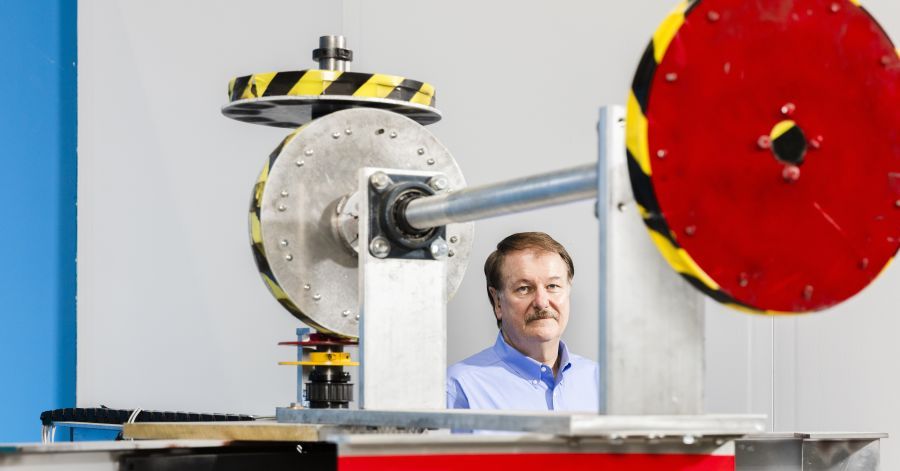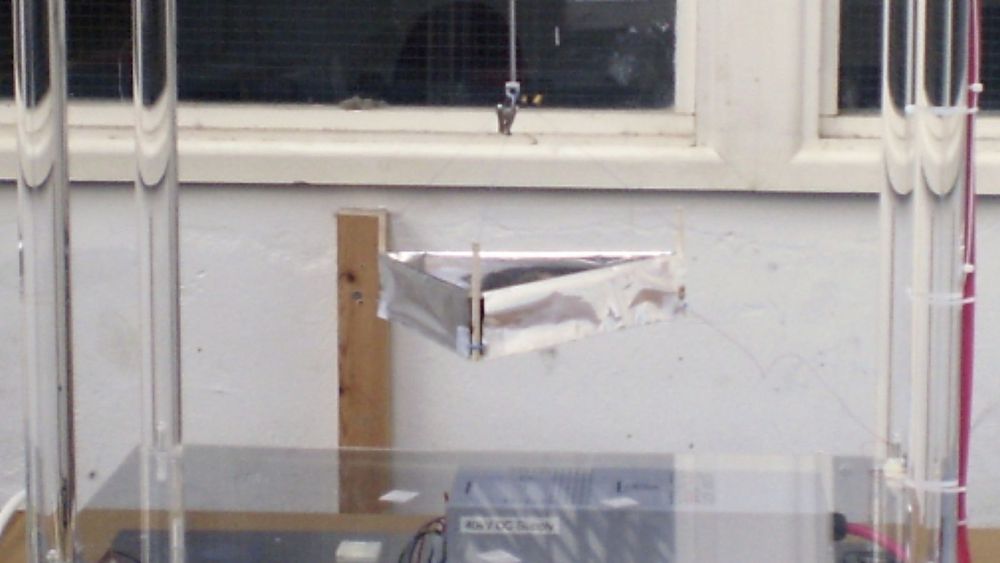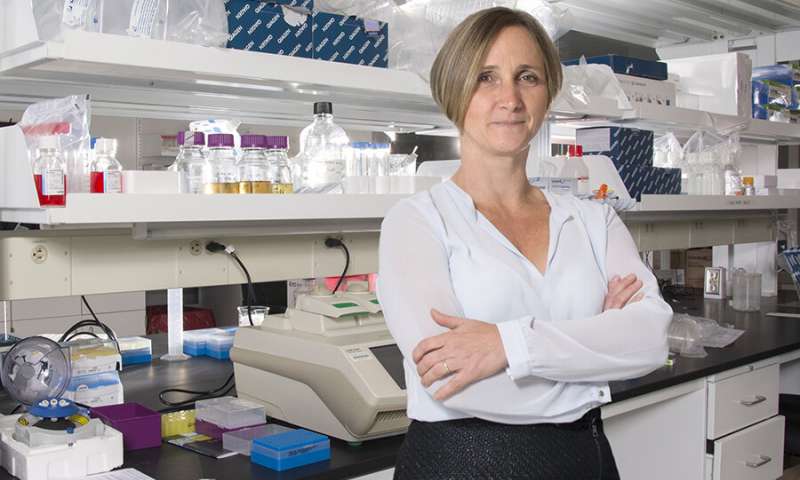Just like Harley-Davidson and Ducati.


Raul Polit Casillas at NASA’s JPL created a 3D-printed “space fabric” that’s flexible, easy to create, and a thermal regulator.
FACEBOOK: https://www.facebook.com/mashable/
TWITTER: https://twitter.com/mashable
INSTAGRAM: https://www.instagram.com/mashable/


Stealth drones and other aircraft of the future could be powered by engines that don’t have any moving parts, can’t be detected by infrared, and are more efficient than what we have today. A new study by MIT researchers demonstrated all of these capacities and more for ionic thrusters and now at least one major aerospace company, Lockheed Martin, has said it’s investigating the technology.
“I think UAVs would be the most likely initial application if [ionic thrusters] work,” said the lead researcher in the study, MIT aerospace professor Steven Barrett, in an email to The Verge. Ionic thrusters for aircraft work by generating a high-voltage electrical field that strips electrons from air molecules, “ionizing” them and pushing them away behind an aircraft as ionic wind, to move the craft forward. Scientists and hobbyists have been tinkering with small, lightweight model planes using these kinds of propulsion systems since the 1960s. The technology uses no moving parts and is almost completely silent. It hasn’t come to full-size planes, though, due to power concerns.
The Houston Astros’ José Altuve steps up to the plate on a 3–2 count, studies the pitcher and the situation, gets the go-ahead from third base, tracks the ball’s release, swings … and gets a single up the middle. Just another trip to the plate for the three-time American League batting champion.
Could a robot get a hit in the same situation? Not likely.
Altuve has honed natural reflexes, years of experience, knowledge of the pitcher’s tendencies, and an understanding of the trajectories of various pitches. What he sees, hears, and feels seamlessly combines with his brain and muscle memory to time the swing that produces the hit. The robot, on the other hand, needs to use a linkage system to slowly coordinate data from its sensors with its motor capabilities. And it can’t remember a thing. Strike three!



The Vatican is hosting a 2-day conference on the impact of robotics and AI on humanity.
A 2-day conference focusing on the impact of robotics and artificial intelligence on humanity, that began in the Vatican on Thursday, is being organized by the Pontifical Academy of Social Sciences and the Pontifical Academy of Sciences.
By Robin Gomes
“Robotics, artificial intelligence (AI) and humanity: science, ethics, and polic y”, is the theme of a two-day international conference that kicked off in the Vatican on Thursday.

University at Buffalo researchers have identified the first human-specific fusion gene—a hybrid of two genes—implicated in Alzheimer’s disease. The finding suggests that a neurotransmitter receptor, previously successful in animal studies but that failed in human trials for Alzheimer’s, might still turn out to be a valuable therapy.
In a paper published in February in Translational Psychiatry, the UB researchers reported that this human fusion gene acts on a receptor for the neurotransmitter acetylcholine, which is involved in memory and learning, and which is reduced in people with Alzheimer’s.
The fusion gene is CHRFAM7A, which is very common in people and has been implicated in many neuropsychiatric disorders, such as schizophrenia and bipolar disease.
MIT professor Sangeeta Bhatia is currently devising a simple urine test that works just like a pregnancy test to detect cancer the moment it starts. In this video, Big Think contributor Susan Hockfield, president emerita of MIT, explains how the new technology works.